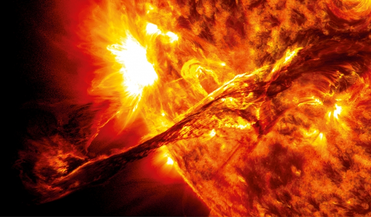 June 2019
Solar superstorms and their effects on Earth
June 2019
Solar superstorms and their effects on Earth
... of scientists until a concerted effort was made, about 12 years ago, to study it in greater detail. Simply put, the Carrington Event was the largest known superstorm we have so far experienced and we are sure that we don’t want to experience...
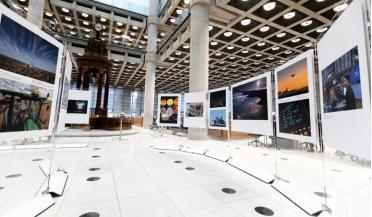 April 2025
Life in the Sun’s atmosphere - the looming threat of solar storms
April 2025
Life in the Sun’s atmosphere - the looming threat of solar storms
... speed of light, so eight minutes; solar energetic particles between 10 to 12 minutes; and coronal mass ejections, like the Carrington Event, typically 17 to 18 hours but can take up to four days. “Of course, they impact systems in different ways too...
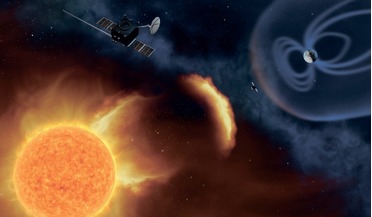 June 2021
The next ‘unthinkable’ – global disruption from a solar storm
June 2021
The next ‘unthinkable’ – global disruption from a solar storm
... 1989, while the greatest on record was in 1859, known as the ‘Carrington event’. September 1859 - the Carrington event (named after the English amateur astronomer Richard Carrington who observed and recorded its solar flare) is the benchmark for...
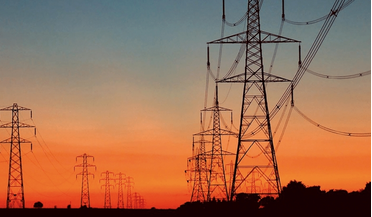 August 2019
Lessons from the Sun
August 2019
Lessons from the Sun
... statistics in forecast models. Equally important is a new recognition that not all great storms will look like a Carrington Event. Some storms are much more ‘geoeffective’ than others because the magnetic field transported to Earth in the...
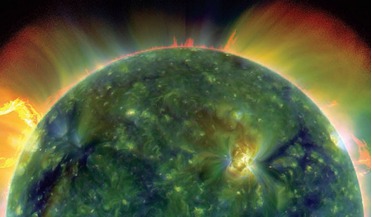 July 2014
In thrall to a star: understanding the Sun will help us understand our own climate and environment
July 2014
In thrall to a star: understanding the Sun will help us understand our own climate and environment
... of the day was the telegraph that relied on batteries to maintain a current across the wires. During the Carrington event the induced currents at ground level were so large that operators could work the telegraph with the...
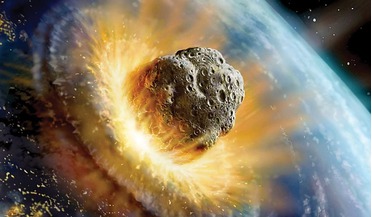 February 2016
Defending Earth against cosmic hazards
February 2016
Defending Earth against cosmic hazards
... coronal mass ejection involving billions of tons of ions travelling at millions of kilometres an hour hit Earth in the so-called ‘Carrington event’. Telegraph offices were set on fire and the Northern Lights were seen as far south as Cuba and...